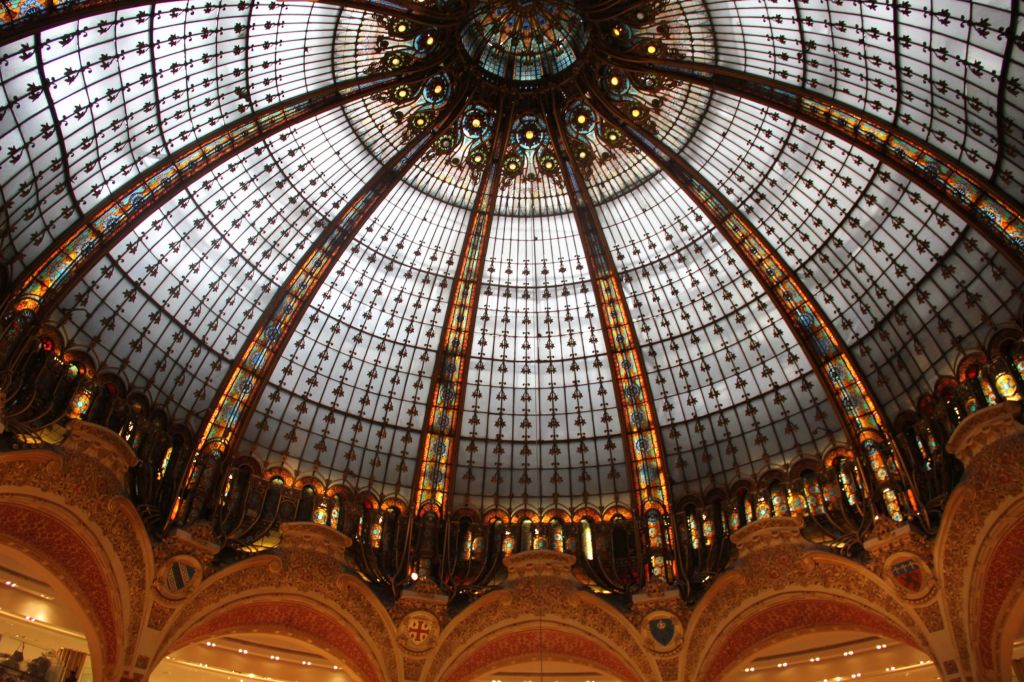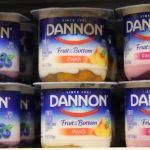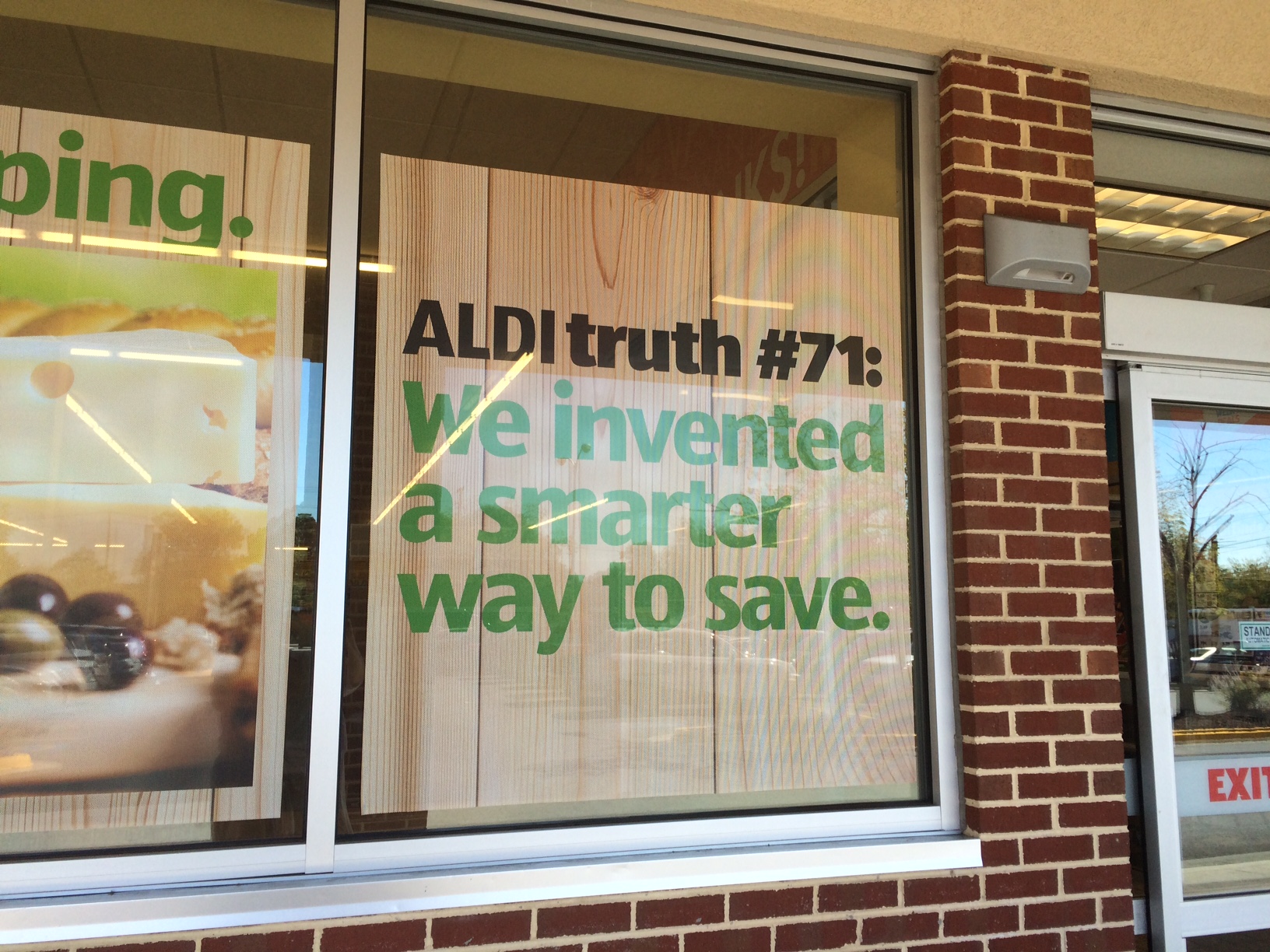
Missing the Made in France in the US
Is the luxury industry in the hands of the French groups LVMH and PPR? Not at all, my friends. Many German SMEs are not only quietly competing in the machine tools or the car industry but also in the high-end sector. Mass consumption is also affected by this trend. But who are these hidden champions of the German industry in the United States?
Discreet German brands
Recently during a dinner with some French friends, one of their remarks drew my attention : “Trader Joe’s is German? Really, Catherine? Germans CANNOT sell such speciality foods”. My Germanside woke up… Yes, I have to live with it… 20 years in Germany… Three children born there… Plus German citizenship since 2009…
So, I told them in a very German way with lots of precise facts and numbers, the German story of Trader Joe’s and the reasons of their success. For more details, curious readers can check my post here on this subject. After this conversation, my friends were still skeptical and even more disillusioned.
This prompted me to search and compare. What are the German and French brands available in supermarkets here where I live and elsewhere in the United States? What is their brand positioning? What are the differences between the two?
After a week of investigation, I am rather depressed. I found many German products meant for daily consumption but very few French ones. Yet “Frenchness” is present and visible in supermarkets. I can buy baguettes, croissants, madeleines in Massachusetts, Pennsylvania or Florida. And no need to be in New York or Washington DC for a decent plate of cheese. You can find some Roquefort Societe or some Boursin at Giant or Publix. At Trader Joe’s or at Costco, you’ll find Comté and Petit Basque, a delicious sheep milk cheese. In some specialized small supermarkets, you can find Morbier or St. Albray along with Champagne, Bordeaux and Cotes du Rhone.
The situation is slightly different if you live in the central part of the United States. After some time spent on the West Coast in California, Isabelle, a mother, pharmacist and blogger now shops in Kansas. To keep the same level of quality that she had in California, she navigates between Trader Joe’s, Whole Foods and Costco where she buys fresh, organic, and sometimes French products.
Positioning of French and German brands in the US
A lot of German brands are perceived as American brands.| French brands | German brands | |
|---|---|---|
| American positioning | Dannon Yoplait (?) BIC | Aldi Trader Joe's T-Mobile Adidas Capri Sun Haribo Dutch potatoes |
| German or French positioning | Chanel Louis Vuitton Dior L'Occitane Lacoste Evian Perrier Boursin Baguettes Croissants Madeleines | Mercedes BMW Audi Volkswagen Porsche Bosch Miele Siemens |
| Brands without awareness | Roquefort Val Rhona LU Orangina Nissan | Ritter Sport Schokolade Va Piano Crate & Barrel Hugo Boss Aspirin |
Major German brands, well-known by the public, are in comparison better represented. The big difference being that they are perceived as American brands: Adidas, T-Mobile, Aldi, Capri Sun, Haribo are common trademarks. My son wears Adidas sports’ shoes that we bought here in the United States. And we seriously considered taking an unlimited family plan with T-Mobile, a subsidiary of the German giant Deutsche Telekom. Sometimes we go shopping at Aldi, where we obviously find Capri Sun juices and Gummibärchen, the classic candies for German tow-headed children. Even though you can find Gummibears at Giant and Aldi, why have I never seen Tagada strawberries and Carambar in any supermarkets? Why can I shop in a Carrefour supermarket in Brazil and not here in the US?
French Generics in the everyday American life
There are many French generics in the food industry. But among the numerous and supposedly French bakery and pastry chains, our PAUL is very small. The five bakeries in the US capital can get you wrong on how many point of sales are established in the United States. PAUL is not in New York or California. According to their website, there are nine stores in the US in November 2014 and two in the process of opening. Similarly, La Brioche Dorée has thirty sale points but none in Washington. Le Pain Quotidien”, a Belgian chain is better established with a dozen coffee shop bakeries in the DC area, thirty in New York city, as well as other stores in Los Angeles, Chicago, Philadelphia and in Connecticut.
However, Au Bon Pain (250 coffee shop bakeries), La Madeleine (63 canteen restaurants) and Paris Baguette (approximately 30 coffee shop bakeries) are US companies positioned on French products.
 When I shop, I buy Yoplait and Danone yogurts, renamed “Dannon” for the American market. The taste and texture of Dannon yogurts have nothing to do with the French products. They have a sweeter taste and a less milky consistency. However, imported Bonne Maman jams or LU biscuits tickle French palates, and so do Evian and Perrier bottled waters. And this is probably the big difference with German brands present in the United States: They have adapted to the North American market, and are even presented as American products. With the exception of Danone and GoGoSqueez applesauce bags (Pom’Potes in France), I didn’t identify any other French consumer brands strongly integrated into the American consumer daily choice.
When I shop, I buy Yoplait and Danone yogurts, renamed “Dannon” for the American market. The taste and texture of Dannon yogurts have nothing to do with the French products. They have a sweeter taste and a less milky consistency. However, imported Bonne Maman jams or LU biscuits tickle French palates, and so do Evian and Perrier bottled waters. And this is probably the big difference with German brands present in the United States: They have adapted to the North American market, and are even presented as American products. With the exception of Danone and GoGoSqueez applesauce bags (Pom’Potes in France), I didn’t identify any other French consumer brands strongly integrated into the American consumer daily choice.
Hidden champions made in Germany
The German positioning is clear in the car industry or in whatever concern mechanics, tools or household appliances. Americans who are well off and want to show it buy Mercedes, BMW or Volkswagen cars. Succeeding in the United States is a quality; showing one’s success by driving a German car is normal. Bosch and Miele are premium brands for household appliances and to be found in richly furnished homes. They are also known for being German brands.
In mass consumption products, Haribo and Capri Sun are part of the unlabelled German successes. Haribo and Rudolf Wild, the inventor and owner of the Capri Sun brand are family businesses, created in the last century. Wild has only just been sold in July 2014 for 2.3 billion Euro to the “Archer Daniel Midlands” US group.
Adidas and Aldi are also family businesses. The Dassler brothers founded Adidas in the 1920s. The Albrecht brothers took over their father’s small store in 1945 and transformed it into the multinational company Aldi with over 10,000 discount supermarkets in the world. Traditional family businesses play a key role in the German export performances. According to a group led by Isabelle Bourgeois “Performance keys of the German SMEs”, 95% of German companies are still in the hands of the family who founded it.
Reasons of success
Does it mean that only small- and medium-sized family businesses can successfully export and succeed in the United States? GoGoSqueez and Dannon are American brands for US consumers. Haribo, Aldi, Adidas, Capri Sun, too. Is it therefore necessary to adapt and blend in the American market to be successful? It would be to easy to answer “Yes”. My observations are limited to daily products.
I have often worked for French and German companies. Failure and success both depend on target market knowledge and access to resources. The ‘Made in France’ or ‘Made in Germany’ label is not enough to explain success – or the lack of it..
One explanation is to be found in the very nature of exported products:
– Pastry-bakery shops and wines are products with a low added value and are easy to copy. Today, California wines are excellent while local baguettes and other pastries have largely become generic
– French cheeses provoke strong “love/hate” reactions. Even in Germany, a Francophile country, people do not agree unanimously about a ripened goat cheese. In addition, the health restrictions of the Food and Drug Administration(FDA)can quickly close the doors of a business which lacks means and resources
– Perfumes and cosmetics are often positioned as luxury goods. Macy’s CEO Terry Lundgren,described Chanel in BusinessWeek (Nov. 24th) : “Chanel N°5 ($98) is hard to find, so that’s one reason it continued to be a spectacular brand”. These products are not recognizable by American consumers on a daily basis, unlike a BMW or a Bosch dishwasher
– The French ‘Haute Couture’ is not accessible to most people. French luxury is not perceptible and is reserved for an elite clientele. Furthermore fashion is often perceived as frivolous, fleeting, and even slightly decadent. This exclusivity is cultivated by the industry whereas the German ‘luxury’ brand manufacturers are known for practical quality
– The ‘Made in Germany’ label is a strong symbol in the car industry, in the electronics and in high-precision engineering. The unsurpassed product quality and finishings ensure an excellent reputation in the US market, despite people being accustomed to short-lived.
A second explanation comes from the exports organization between the two countries. In 2013, Germany ranked third in worldwide exports and France sixth, achieving only 40% of the German exports. 98% of German SMEs export. In France, it is only 35%.
French and German exports
SMEs are the hidden champions of German exports| FRANCE | GERMANY | |
|---|---|---|
| Exports 2013 | $ 579,59 billions | $ 1.452,71 billions |
| Share of large companies in total exports | 80 % | 82 % |
| Share of exporting large companies | 1,5 % | 2,5 % |
| Share of exporting SMEs | 35 % | 98 % |
Finally, process management is one of the strengths of German companies. Discipline, preparation and efficiency lead their decisions. German management leaves no space for hazard and relies heavily on partnerships to share costs and minimize risk. Delta Pronatura, a family owned German SME, is known for its textile stain removers in Germany. It settled in the US in 1994 and got into a partnership with Carbona, a complementary American company. 20 years later, Delta Carbona sells its products all over the United States.
Conclusion
Fortunately, there are counter-examples. Lacoste sells its products in hundreds of stores all over the United States. L’Occitane did even better with 210 outlets. I recently saw a Lancôme boutique in Potomac Mills, the largest outlet shopping center in the area.
Some French SMEs export with success like SEPRO, a robotics company in Western France or “Olmix”, a seaweed organic-refinery, which sends products from Brittany. What do they have in common? There are innovative human-sized companies focused on quality products.
The Aldi example illustrates the success of exporting a business style – like the German – and not a positioning – like the French. So why is there some room for bakery-cafes like “La Maison du Pain” in Germany or “Au Bon Pain” in the United States? While the American taste (fat and sugar) and diet (fast-fast and with fingers) habits certainly require a long learning process before getting attuned to a veal stew, I certainly see room for brands like Orangina and LU in the food industry or even Petit Bateau and Aubade in the ready-to-wear industry.
Do you have other examples in mind? Then just share them with me!
Information sources:
1) INSEE records, Globalization of the French companies and economy, October 201
2) Statista
3) Institut für Mittelstandsforschung




